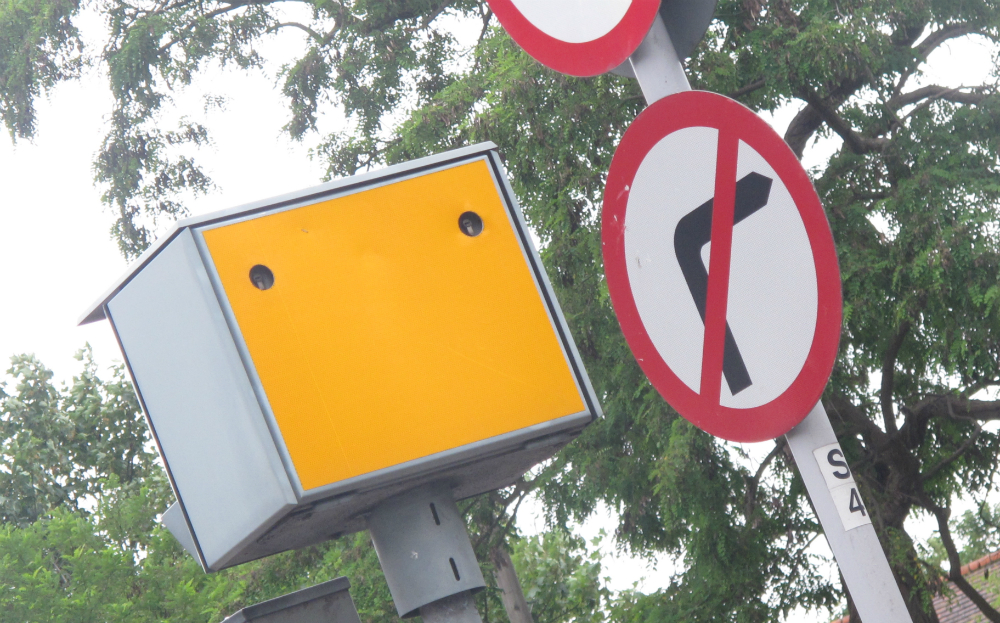Speed cameras' effectiveness called into question by professor
London cameras claimed to have no impact

TRANSPORT FOR London has rejected claims by a University College London honorary professor that speed cameras in the capital have failed to deliver any safety benefits.
Click to read car REVIEWS or search NEW or USED cars for sale on driving.co.uk
Professor Mike Maher scrutinised the casualty figures in London and said that the reduction in deaths and serious injuries that were credited to speed cameras would probably have come down by the same amount if the cameras had not been there.
Professor Maher, a chartered statistician, said: “Although the estimates of the average camera effect from these techniques are different, they all agree that there is no discernible beneficial effect from the fixed cameras on either slight casualties or KSIs [killed or seriously injured]”.
Unsurprisingly, TfL doesn’t agree with Maher’s findings, stating: “On average, a reduction of 58 per cent in fatal and serious collisions was observed in the three-year [after] period compared to the three-year period before safety cameras were installed”.
TfL claims on its website that KSIs have dropped by 50 (rather than 58) per cent thanks to cameras. Because this represents 500 people saved from death or serious injury each year, millions of pounds have been invested in new digital speed cameras to replace the ageing wet film units currently used across the capital.
At the centre of the impasse between TfL and Maher is a phenomenon known as Regression To The Mean (RTTM). Road traffic collisions tend to be random events, so a spike in casualties often leads to a speed camera being erected – even if all those casualties are the result of a single crash. When things return to normal soon after, the camera gets the credit, even though it’s likely that casualties would have fallen anyway.
The underlying trend also needs to be taken into account; according to Maher, the number of casualties across London fell by the same amount over the same period of analysis, even where there was no camera present to take the credit.
Maher comments: “The analysis of camera data is far from straightforward, largely because of the highly random nature of accident frequencies and the imperfect nature of the data available. The estimated benefits of cameras vary from one partnership to another. Unfortunately, the quality of the debate is often poor, bedevilled by a lack of awareness of critical issues such as trend and regression to the mean”.
There’s some good news though, as Maher also studied the effectiveness of red light cameras and found they’re more likely to prevent injuries. London has around 1,000 cameras in all; about 700 speed cameras and 300 or so to enforce red lights. According to Maher, these red light cameras typically reduce the number of people killed or seriously injured by 17-20 per cent.
In 2013 professor Richard Allsop studied data from 10 camera partnerships around the UK for an RAC Foundation report and as part of his study, professor Maher looked at Allsop’s analysis, agreeing that cameras can reduce casualties by as much as 25 per cent.
Steve Gooding, director of the RAC Foundation, said: “Speed cameras installed in the right locations can work well. But there seems to be an M25 effect. Are there things about the capital’s roads that are uniquely distinct from the rest of the nation? Is it partly down to congestion-limiting slow speeds and street layouts? This case illustrates the need for very high levels of care and understanding when using data to convince people of a policy they might instinctively oppose.”
But independent analyst Idris Francis isn’t convinced. For years he’s campaigned for greater transparency in the road safety industry – with little success. He concludes: “A toxic combination of incompetent analysis, wishful thinking and utter determination by officials and politicians alike not to admit that they have been wrong all along has led to that rare beast, a £300m a year countrywide industry with no identifiable end product whatever. This has to stop.”




